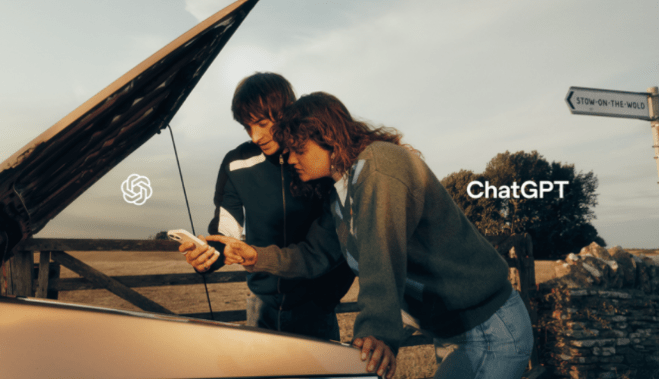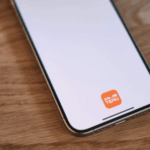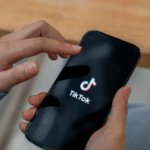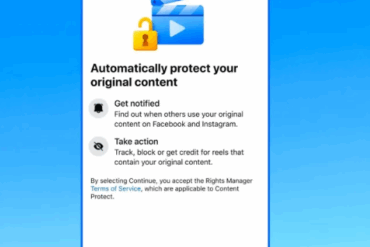By Mark Ritson
New ads for ChatGPT scored low on fluency—and even lower on branding basics
OpenAI’s recent ads for ChatGPT were everywhere—NFL Primetime, streaming platforms, outdoor, and beyond. Press coverage hailed the AI company’s biggest marketing push yet as a new chapter of AI brand building.
But few pointed out just how incredibly poor the ads were.
Set aside the irony of an AI company relying on traditional media to promote its product. Focus instead on the dire creative quality of the two TV spots, Pull-Up and Dish.
Research firm System1 tested both ads with a representative panel of U.S. consumers. The results confirm that while AI tech bros continue to kill it with product development, they’re lightyears behind on the rest of the marketing challenge.
Both ranked in the lowest quintile for long-term growth and short-term sales impact. That’s incredibly bad, even for the tech category, which always underperforms.
Worse, both scored dismally on fluency—System1’s measure of whether consumers actually know which brand is being advertised to them.
 Source: System1 FluencyTrace real time testing of “Pull-Up”
Source: System1 FluencyTrace real time testing of “Pull-Up”The Pull-Up ad managed a fantastically bad fluency score of 59. That means only 59% of viewers–who were being paid to watch the ad with their full attention–knew what was being advertised. In System1’s real-time assessment above, you can see a black ocean of ignorance engulfing the audience. A disappointingly small hump of pink recognition kicks in two seconds before the end, when ChatGPT’s logo appears.
This is the definition of bad advertising, standing in rude contrast to the sea of pink when KFC or Apple or Mars ads are tested.
 Source: System1 FluencyTrace real time testing of Twix “Two Bears” Ad
Source: System1 FluencyTrace real time testing of Twix “Two Bears” AdAnd that’s just real-time fluency, not the tougher and more important metric of branded recall among unpaid, inattentive audiences with a memory-shredding delay before being quizzed. Most studies conclude that just around half of all advertising achieves branded recall.
Now back to the killer ratio: half of the ads aired in America can’t even communicate what product they are selling.
There’s a simple explanation: Most marketers are too involved in their product. Most agencies are too interested in their storytelling. Both miss market orientation.
They don’t realize that consumers don’t care about their product, don’t focus on advertising, and have a bazillion more important things to think about. This total lack of involvement contrasts directly with professionals spending eight hours a day fixated on one brand and a thirty-second masterpiece. We make ads in exact inversion to how they’re consumed.
Bad advertisers assume a single whiff of a logo at the end is enough—like a Hitchcock movie revealing its triumphant conclusion in the final frames. Brands with a more advanced grasp of effectiveness know better. They use distinctive assets from the outset to ensure immediate recognition at the start, throughout, and after. They squeeze value from every pixel they paid for.
Andrew Tindall’s “Rule of 7” is instructive here. His analysis of a giant Effie database suggests a brand needs seven distinctive assets in a thirty-second ad to achieve 100% branded recall. Not seven different assets—just seven repetitions of the colours, shapes, and other elements in your asset palette. And no, that doesn’t limit creativity. It challenges it to work harder toward its true purpose: advertising effect and sales.
Achieving branded recall and maintaining distinctiveness is crucial for all brands. But it’s especially critical for AI brands like ChatGPT, which are incredibly generic. They all look the same, operate the same, work off each other, launch innumerable product iterations, and fall blandly into a big, grey AI bucket.
While AI awareness is near-universal among Americans, most people don’t see any difference between AI providers. Menlo Ventures found that “most people don’t distinguish between older assistants like Alexa and Siri and newer large language models like ChatGPT and Claude. It’s all the same.” I don’t know which AI models I’m currently subscribed to. Do you?
Distinctiveness will be crucial in the next chapter of AI. There are too many competing brands. The two or three that survive won’t necessarily carve a differentiated position, but they’ll come to mind first by standing out. The route to that escape starts with making ads that don’t score a 59 for fluency.
Perhaps the geniuses at OpenAI should have asked their own chatbot for advice. When I did exactly that yesterday, ChatGPT—unlike the company behind it—played it perfectly:
Prompt: Assess the new Pull-Up ad from ChatGPT against the laws of advertising effectiveness and score it out of 10.
ChatGPT-5: Pull-Up is strategically on-brief and nicely made, but it underweights distinctive assets and mid-ad branding, so it risks becoming a likeable, generic “AI-helped me” story rather than a memorable ChatGPT ad that builds future sales.
Score: 5/10
Mark Ritson is a former marketing professor, brand consultant and award winning columnist. He is the founder of the MiniMBA in Marketing, which teaches all the many laws of advertising effectiveness as part of its outstanding syllabus.
By Mark Ritson
Mark Ritson has a PhD in Marketing and spent 25 years working as a marketing professor, and has also worked as both a global brand consultant and as the in-house brand consultant for LVMH. His articles have appeared in the Sloan Management Review, Harvard Business Review, the Journal of Advertising and the Journal of Consumer Research.





